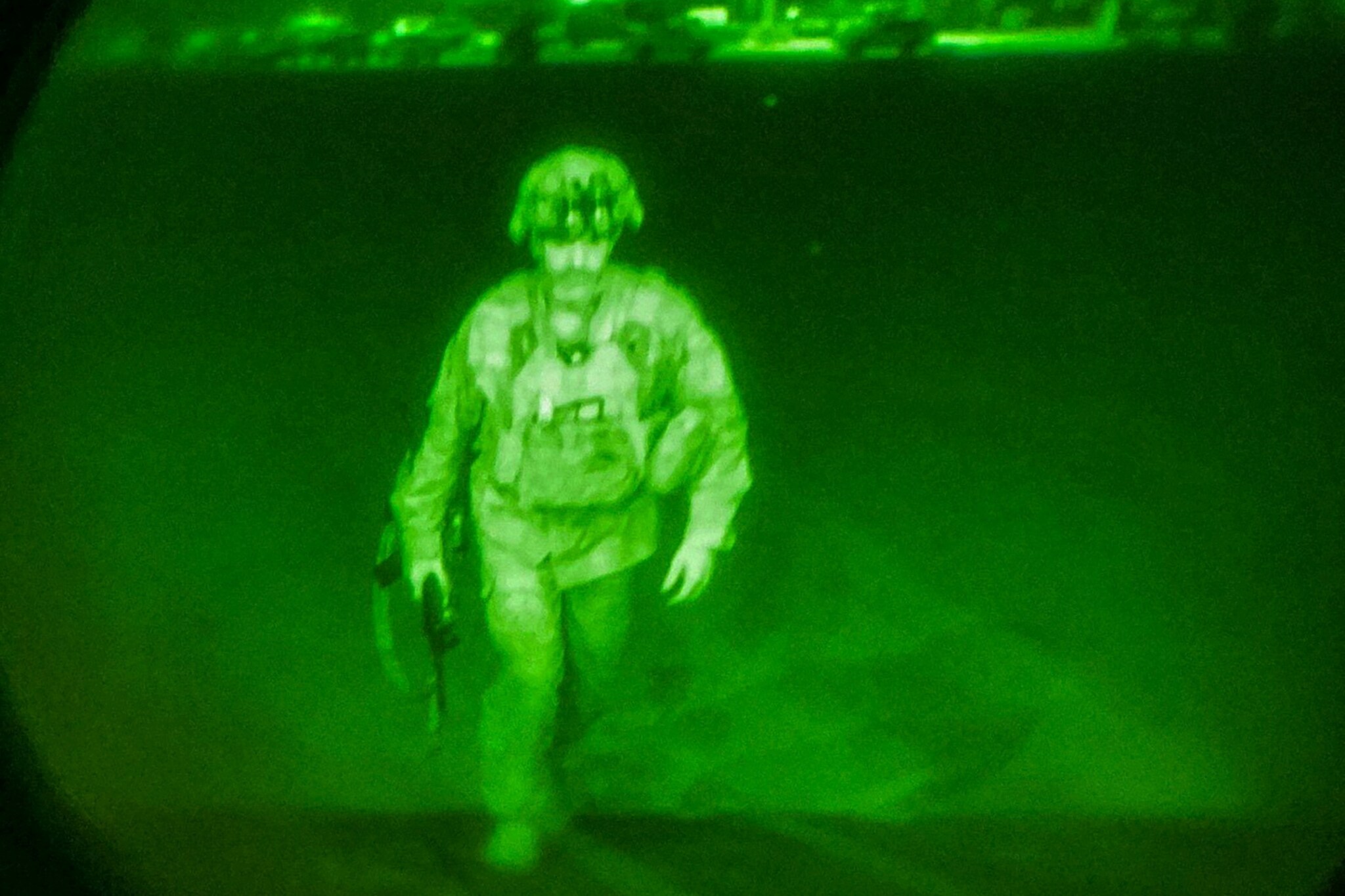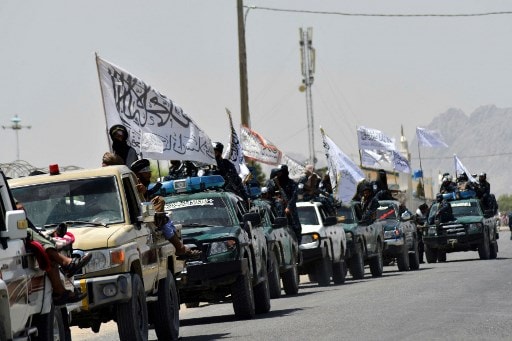The Taliban declared a national holiday on Wednesday and lit up the capital with coloured lights as it celebrates the first anniversary of the withdrawal of US-led troops from Afghanistan after a two-decade war.
The United States completed its withdrawal from Afghanistan on August 31, ending America’s longest war and closing a chapter in military history likely to be remembered for colossal failures, unfulfilled promises and a frantic final exit that cost the lives of more than 180 Afghans and 13 US service members, some barely older than the war.
US Casualty
According to an AP report, the breakdown of the human cost in Afghanistan (since 2001) is as follows:
American service members killed in Afghanistan through April: 2,448
U.S. contractors: 3,846
Afghan national military and police: 66,000
Other allied service members, including from other NATO member states: 1,144
Afghan civilians: 47,245
Taliban and other opposition fighters: 51,191
Aid workers: 444
Journalists: 72
Why Did US deploy troops in Afghanistan?
The “forever war” in Afghanistan began in response to the 9/11 attacks in 2001, that killed nearly 3,000 people in New York, Washington and rural Pennsylvania.
Three days later, President George W. Bush made a promise, while standing atop of the rubble of twin towers of the World Trade Center in New York City said, “The people who knocked these buildings down will hear all of us soon!”
Less than a month later, on Oct. 7, Bush launched the war. The Taliban’s forces were overwhelmed and Kabul fell in a matter of weeks. The stage was set for an ultimately futile U.S. effort to build a stable Afghanistan that could partner with the United States to prevent another 9/11. However, there was no immediate end to the US mission in the country.
Involved four Presidents
It was President George W. Bush who started the war in 2001 to to stamp out global terrorism. However, Bush hadn’t predicted just how lengthy the war would become.
Bush, over the years, increased the US presence in Afghanistan as more troops were brought in and finally the Afghan forces toppled the Taliban government and went after bin Laden.
President Barack Obama deployed tens of thousands more troops to Afghanistan. By August 2010, US forces in Afghanistan reached 100,000. Bin Laden was killed, not in Afghanistan, but across the border in Pakistan. Obama announced he would begin bringing US troops home with a goal of handing off security responsibilities to the Afghans by 2014. He announced the end of major combat operations on December 31, 2014.
The next president, Donald Trump, in a major decision, outsourced troop level authority to the Pentagon. Trump stressed on the withdrawal of all US troops and made efforts to bring the war to an end.
A deal was struck in 2020 that set the course for a full American withdrawal in exchange for guarantees from the Taliban it would reduce violence and cut ties to terror groups.
Even before entering the office, President Joe Biden had begun weighing what to do in Afghanistan, where he’d long become disillusioned about the war efforts. After having his advice to remove US troops rejected by Obama, Biden was finally in a position to end what he’d come to view as a war without purpose. He reiterated that he wouldn’t hand off the war in Afghanistan to a fifth US president.

On August 15, 2021 the Taliban returned to power in Kabul after Presidnt Ashraf Ghani fled the country — a collapse that American officials frankly said happened far more quickly than they anticipated. Finally, on August 31 the US troops left the country.
THE WARS END. THE COSTS DON’T
According to Linda Bilmes of Harvard University’s Kennedy School, the United States has committed to pay in health care, disability, burial and other costs for roughly 4 million Afghanistan and Iraq veterans: more than $2 trillion.
Chaotic Exit
Last year in August, Afghanistan witnessed a chaos with the Taliban on the aggression and Ashraf Ghani fleeing the country. Taliban leaders took over Kabul, driving tens of thousands of people to the country’s borders.

Following the Taliban takeover, days of chaos followed at the airport and a suicide attack on August 26 killed as many as 180 people, including 13 American troops. It was one of the deadliest attacks of the war, and the troops were the first American service members to die in the country since February 2020.
Joe Biden said that after nearly 20 years of war, it was clear that the US military could not transform Afghanistan into a modern, stable democracy. The two-decade war didn’t had much winners, however, there were many losers.
(With inputs from agencies)
Read the Latest News and Breaking News here